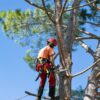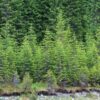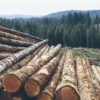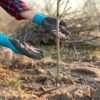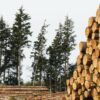Monthly Report - August 2025
Both India and China markets have continued to improve through July and August with a very slow but steady climb upward trend in log prices in both destinations. The best news in all of this is we are not seeing major swings either way with the market fundamentals continuing to display a very settled trajectory.
All eyes are on the Nelson region with reports varying but likely around 7,000 hectares of wind damaged forests. The broad age class spread suggests mid to late rotation ages are impacted the most and therefore a high component of export likely.
Unlike the recent Central North Island event, the Nelson region marketing plan will be very much constrained by Port Storage limitations and the ability to load 1 vessel at a time at each of Nelson and Picton ports. Thus, this wind damage recovery is unlikely to lead to an over-supply situation which would otherwise negatively impact the likely target market for the volume being China.
The announcement of the closure of the Carter Holt Harvey Eaves Valley sawmill, whilst fully expected, is a major blow for the region. This will also ensure more logs have to head to China from the storm event.
Meanwhile across the China Easten seaboard, daily usage has started to tick up again, as at mid-August heading north of 50,000 m3. Inventory has remained relatively stable with the supply and demand planets reasonably aligned despite record summer temperatures negatively impacting broader productivity outputs.
And just when you started to believe the western media about China being in the deep financial doodoo reports, the Government have announced the largest project ever undertaken in human history is about to start in Tibet
Whilst reports vary on the statistics, common numbers talk to 5 powers stations on the Yarlung Zangbo river which collectively, will be 3 times greater than the, up till now, biggest ever Three Gorges project.
This latest one is expected to include 4 tunnels through mountains, each 50km long to connect rivers, in total costing US$167bil and requiring 3.5million employees. When completed the dams will generate 300bil kilowatt hours.
A total of in excess of 2,000km of new roads to connect the dots will be required with 60 – 70% of that length comprising bridges and tunnels. And just when you thought that was amazing, the project is at 4,000 to 5,000 metres above sea level, much higher than Mt Cook (3,724m).
My first enquiry has been around any positive impacts for your average Kiwi forest-owner.
Unfortunately, even as your very fit crow flies, it is about 2,500km to the Eastern Seaboard so potentially not, given that will be 4,000km+ in your average logging truck. But such a scale project must surely have a trickle-down effect with the broader economic stimulus being enormous.
India has remained boring by comparison but the key here is prices and demand are continuing to improve, currently more so than China. Like China, India as a nation, know wood extremely well. Wood usage across the economic stratum has been significant for thousands of years.
Dwindling availability of traditional hardwoods stands our wonderful Radiata pine in good stead. Match this to the likelihood of the current tariff regime, which negatively impacts NZ in isolation being removed, the future looks very bright in this increasingly important market.
Our company have promoted and now secured a steady demand for pruned logs in India. This is longer term very good news given this lifts the broader Radiata pine quality message game significantly.
India demand is good, domestic prices are stable at new higher levels than Q1 and inventory is the lowest is has been for some time. Expected vessel arrivals are steady at 7 to 8 per month of which 1 – 2 are from NZ. That will at least double if we can get the tariff removed.
As at mid-August, daily hire rates for log vessels are pushing very slightly higher but ship owners are meeting significant resistance. This reflects good numbers of vessels opening on NZ and ships fuel (bunker) costs are stable. Right now, the charterers are the cat and the ship owners the mouse. This could change in a heartbeat depending on northern hemisphere trade and how resourcing conflicts ties up the supply chain.
As always, please remember the thoroughly important message, “despite the challenges, it remains, as always, fundamentally important, the only way forward for climate, country and the planet, is to get out there and plant more trees”!
Allan Laurie.
Laurie Forestry.


